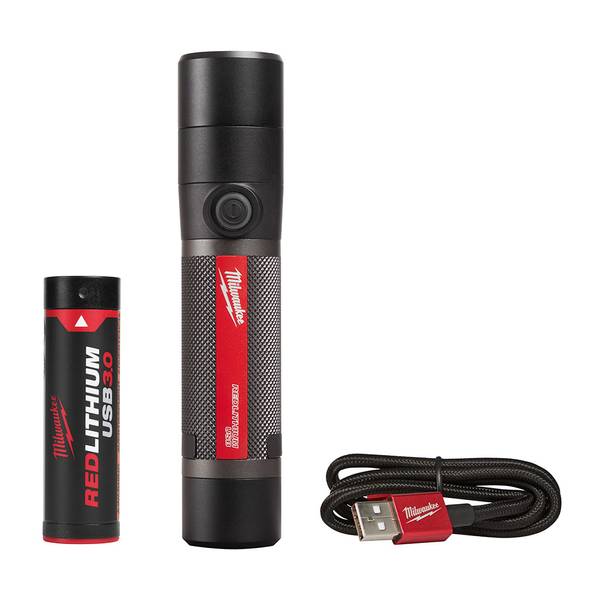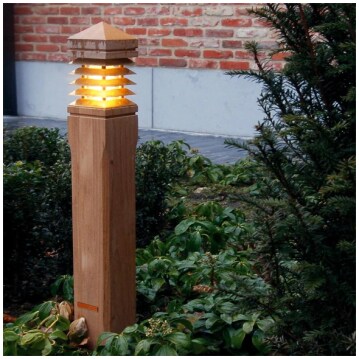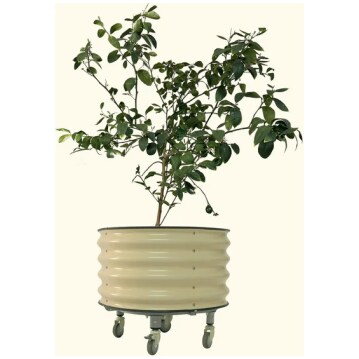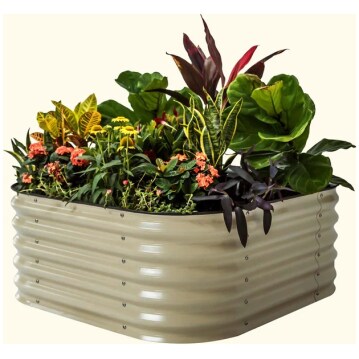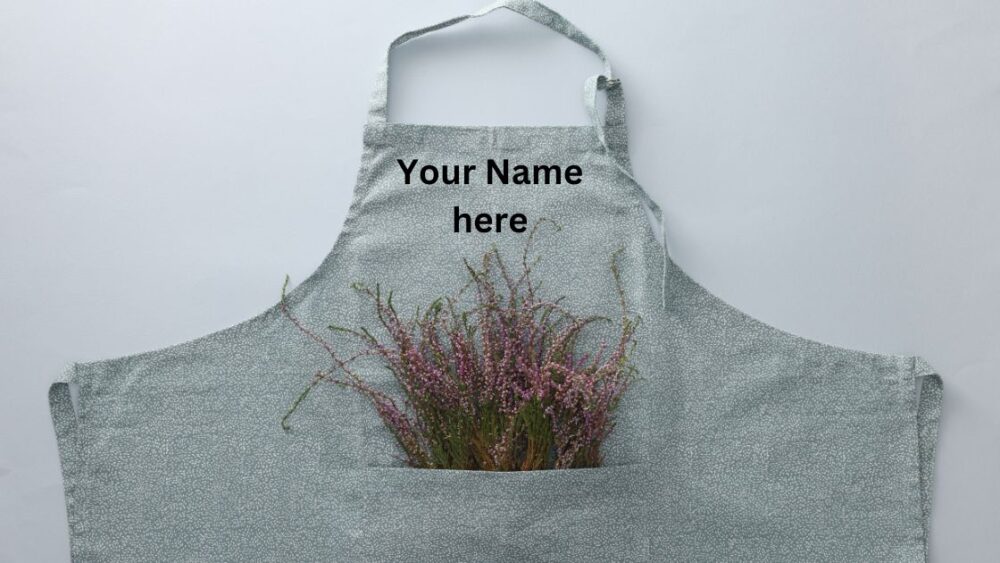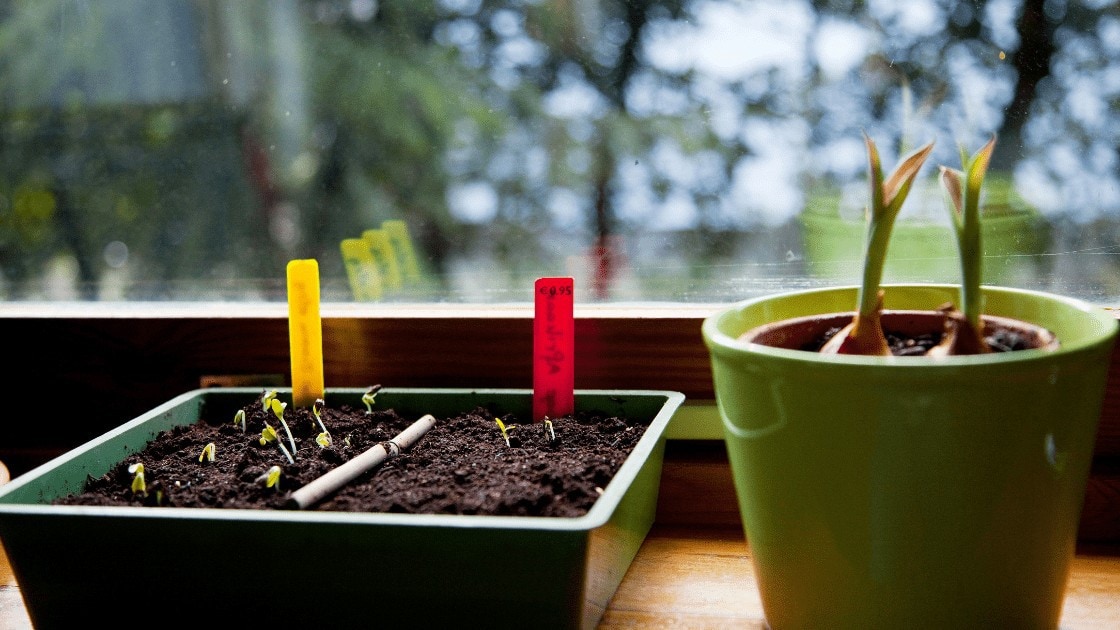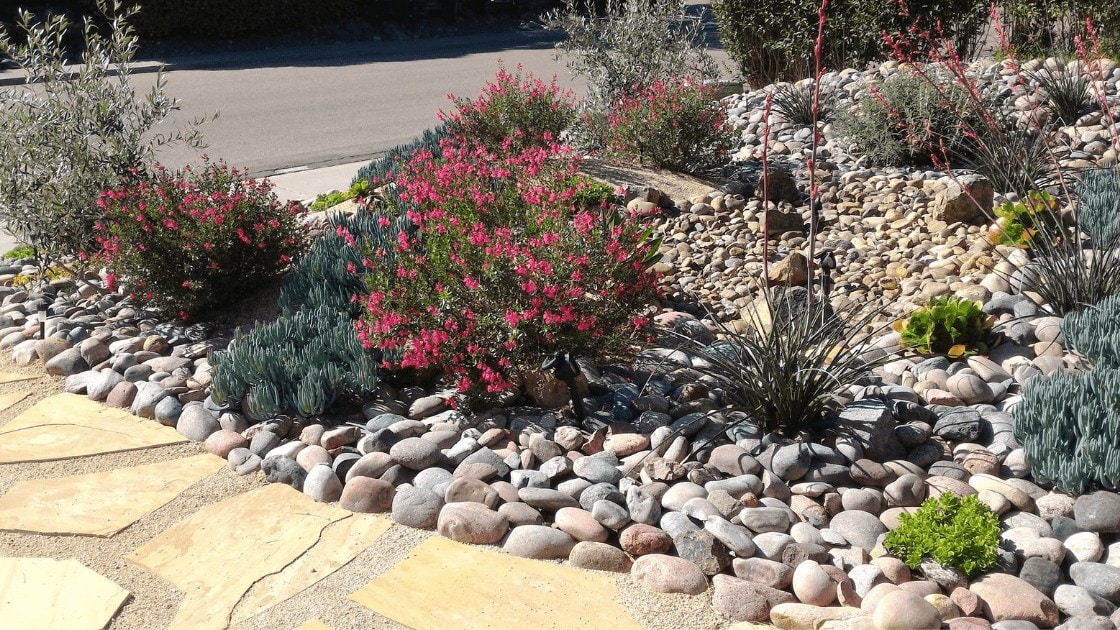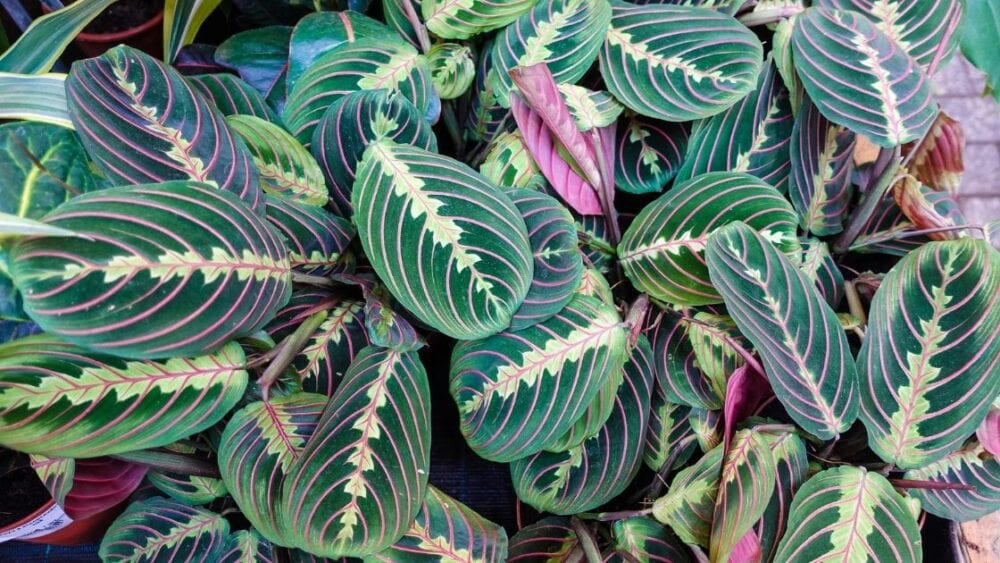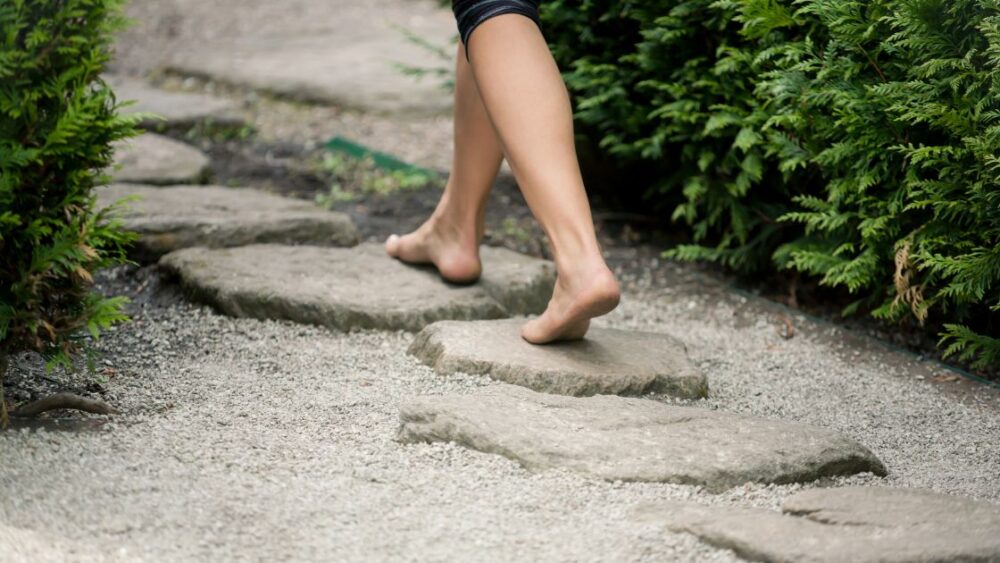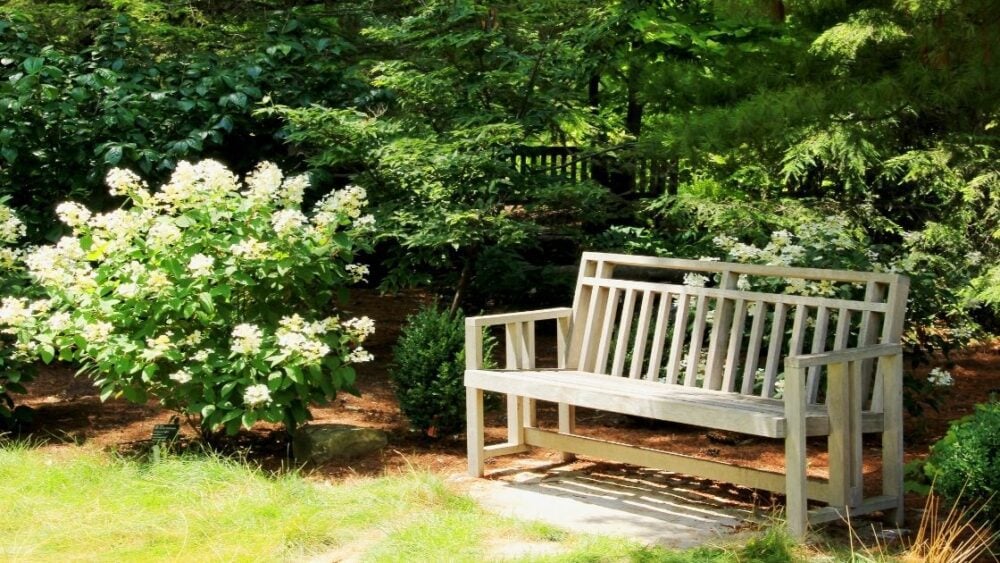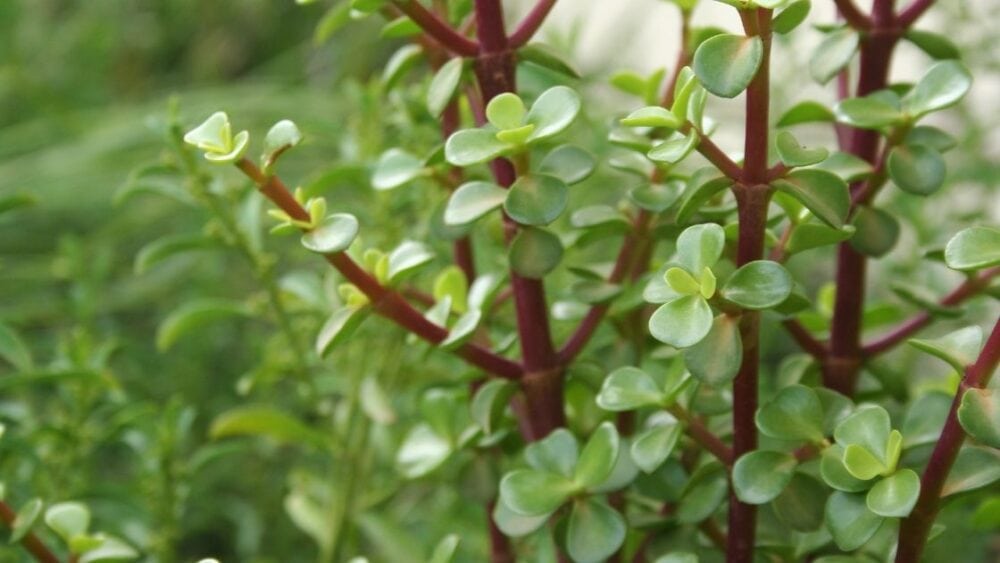
Attempting to repot a Jade plant growing in light-deficient condition is often too much for the succulent to handle, as it has no energy to repair the root damage caused by the repotting. In the following paragraphs, we’ll explore this phenomenon further and will take a look at other causes of drooping after repotting, as well as their solutions.
Jade (Crassula ovata) is one of the most common indoor succulent plants – you may frequently encounter it in poorly-lit indoor areas, such as offices and living rooms. This is partly because the plant is believed to attract good fortune and luck (Hence why one of its common names is the ‘money plant’) when placed nearby. Although the Jade plant can survive for surprisingly long in such poorly lit areas, this is hardly optimal and doesn’t really lead to any new growth or flowering. Let’s get started.
What Can Cause a Jade Plant to Droop Shortly After Repotting?
Jade plants are usually grown in very sub-optimal conditions, such as inside poorly-lit living rooms or office spaces. In most cases, repotting is done for aesthetic purposes, such as choosing a pot of a different color or size.
Browse our Affiliate Products
If that’s the case, repotting should be done with minimum damage to the root system – the whole block of soil from the old pot should be preserved and the roots should not be cleaned up from the old soil. When repotting is done in this fashion, wilting and other side effects are rare and usually come down to temporary overwatering. Here is a quick list of the possible causes of wilting after repotting in Jade plants:
Overwatering after repotting
it’s a common practice to water thoroughly after repotting to let the roots ‘settle in’ the new soil. However, if the soil is too compacted and doesn’t have enough air spaces, the water can displace all of the air, suffocating the roots, starving them of oxygen and creating an inability to pump water. If that’s the cause of the problem, you should simply move the Jade plant to a colder spot and mist a little until the plant recovers. Further watering of the soil will usually perpetuate the problem and only make it worse.
New location
Jade plants are often moved after they are repotted, which may be the actual cause of the drooping. All succulents, including Jade, require an acclimation period before being exposed to direct sunlight or more heat than they are used to.
Too much stress on the roots
Some root damage during repotting is unavoidable, but careless repotting can cause too much. Fragile Jade plants, which have been growing indoors for far too long are especially susceptible to such stressors and may take a while to recover.
Make sure to give your Jade plants some strong indirect light, to allow it to build up some energy for the recovery. Very bright windows are the only practical option, apart from closely placed grow lights. Interior lighting is simply not enough for any photosynthesis to take place, regardless of how bright it may seem to your eyes.
Bad soil
Jade is a succulent, but because of its bushy, tree-like structure, many novice gardeners don’t treat it as such and plant it in a regular potting mix. Unless jade is planted in a very well-draining, rocky substrate, it will eventually succumb to root rot, which often starts with drooping.
If the drooping starts a few days to a week after repotting, bad soil is the most common cause. The only solution is to uproot the plant again and plant it in a medium suitable for succulents, which contains at least 50% sand, grit or other inorganic materials which don’t absorb water.
Other, less common causes:
- Too much fertilization right after repotting can cause osmotic stress on the roots and lead to difficulty transporting water. Watering very thoroughly, until a lot of water drains from the bottom (flushing) will solve the problem.
- Light deficiency can eventually lead to weak stem and roots and energy deficiency, manifesting itself as wilting. The repotting might have been the final straw that causes the plant to display more visible signs of this issue. Placing the plant in a brighter spot (but not in the direct sun) will quickly solve the issue in a matter of days.
- Partial breakages/squishing of the stem can sometimes remain unnoticed during repotting. Inspect the integrity of the stem and make sure that it isn’t suspiciously bendable in a certain spot. Plants with broken stems can eventually recover if the stem is fixed with tape and a humidity dome is provided to compensate for the lower water supply to the crown. `
For more information on other types of succulents we provide, click here. Succulent Category
Do Jade Plants Really Need to Be Repotted and Why?
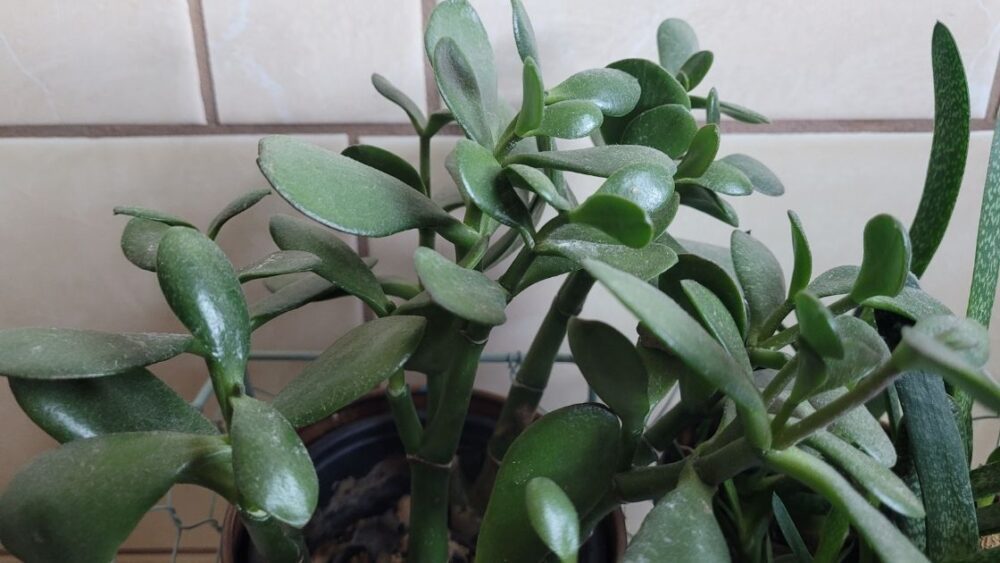
Jade plants don’t need repotting, unless they have overgrown the pot they are currently in and you want more growth out of them.
Even if you want the plant to get bigger, repotting is typically only done once every few years. Young plants usually require more frequent repotting and if given favorable conditions that sustain fast growth, you may want to repot as much as once a year. Older plants, or plants you don’t want to get bigger may be repotted once every 4-5 years or not repotted at all.
Repotting can sometimes be performed in order to save sick plants, which have suffered root rot from chronic overwatering. Drooping is to be expected in this case, as the rotten roots are removed and extensive root damage has already occurred. Such plants may need to be misted or provided with a humidity dome until they recover, during which time they should be kept out of the sun.
For more information on the different types of pots, check out this article. What is the perfect pot for my plants?
Are All Jade Varieties Affected The Same By Repotting?
Although there are around 200 species of Crassula succulents, only the Crassula ovata species is actually ‘Jade’. However, a few other species also have similarly-shaped leaves and may be labeled as Jade plants. However, most popular, similarly-looking species tend to have different common names, such as Crassula arborescens (‘silver dollar plant’).
All members of the Crassula genus come from South Africa and therefore have very similar growth requirements. However, they may differ in their drought resistance, because of the different size of their stems and leaves. When it comes to cultivars and varieties of Jade (Crassula ovata), all plants are almost identical in their requirements and responses to stress, regardless of the different coloring of their leaves.
Optimum Growing Conditions For Jade Plants
The main reason Jade is such a popular succulent is the little amount of care it requires. It can survive for many months without receiving sufficient light and it has no problems dealing with complete drought.
However, the scenario of keeping a Jade plant alive indoors is very different from growing it outdoors and giving it favorable growing conditions. In the second case, much more frequent watering is required and providing some fertilization is also a good idea. Now, let’s explore the exact growth requirements of Jade in more detail!
How Much Sunlight Does Jade Need?
Even though small Jade plants are often used as ornamental plants in indoor spaces, for Jade to grow well, it needs the same amount of light as most other succulents – at least 4-5 hours of direct sunlight. Very bright indirect light for most of the day will also work, but the intensity of indirect light is extremely easy to misjudge by as much as a factor of 100.
That’s because the human eye is very good at adjusting to different brightness levels. Very young Jade plants can be more easily harmed by sudden exposure to direct sunlight and take longer to acclimate.
What Temperature Is Ideal?
Jade has a wide tolerable temperature range, but grows best at temperatures below 80F (26C). This is not possible to attain in many locations during the summer, but that’s okay.
Nighttime temperature is important – Jade grows best when the temperature drops to around 50 – 60F (10 – 15C) during the night. This is obviously difficult to control and is dependent on the climate in your area.
Jade performs CAM photosynthesis, which means that it absorbs carbon dioxide at night and closes its pores during the day, using the stored CO2 as a carbon source. Lower nighttime temperatures greatly favor this process. At constant high temperatures, Jade won’t die, but will usually grow slower.
What Type of Soil Is Required? Is Fertilization Necessary?
Typical cactus soils work well for Jade – around half of those soils is comprised of inorganic, rocky materials, such as grit or sand. Jade cannot survive in regular potting soil, because it tends to hold too much moisture for too long, causing root rot to set in.
If you are giving your Jade plant a good amount of light and expect it to grow fast, you should fertilize it several times a year with dilute cactus fertilizer. Fertilization is not necessary and can be harmful to Jade plants which are not growing and are just surviving – this is the case with all indoor-growing ones which are placed more than a foot or two away from a window and don’t receive much (or any) sunlight.
How Much Water Do Jade Plants Need?
It’s best to judge the moisture of the soil instead of relying on a set watering frequency. You can determine that by feeling the weight of the pot or the moistness of the surface. Let the soil dry up a bit before each watering. Frequent watering with small amounts of water can quickly lead to root rot – thorough, infrequent watering works much better.
Does Jade Grow Better Indoors or Outdoors?
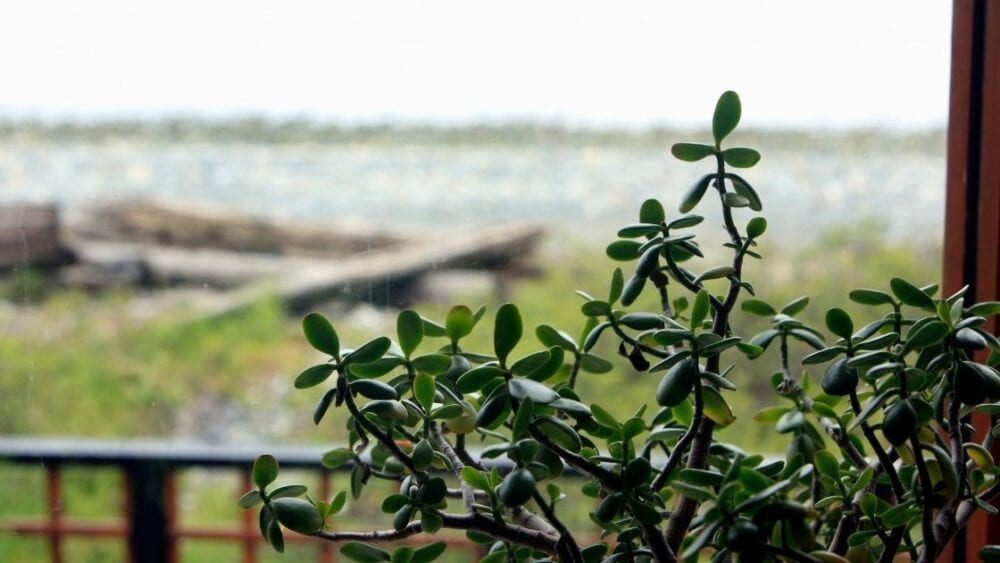
Jade can survive for months in poorly-lit indoor areas, but for it to survive long-term or grow quickly, it has to be given some sunlight. It grows well indoors on a windowsill, but does best outdoors under some very light shade (mostly direct sun). If you’re going to be moving indoor-growing specimens outdoors, make sure to do it gradually and allow for acclimation – otherwise, the direct sun will quickly burn them and create spots on the leaves.
Can Jade Be Planted Outdoors?
Jade is not frost tolerant, so plant it directly outdoors only if you live in USDA zones 10-11.
What to Do if Your Jade Plants Wilt After Repotting
First, make sure that you’ve used proper, well-draining soil for succulents. It’s difficult to determine the exact cause of wilting after repotting, but the solution is the same in all cases – reduce the drought stress on the plant, until it recovers on its own.
To do that, move it away from the direct sun and gently mist it. Make sure that the soil is moist, but don’t overwater. Once the plant starts to recover, gradually start exposing it to the sun. Drooping will usually resolve on its own within a few days.
How Well Does Jade Deal With Unfavorable Growing Conditions?
Although Jade is tolerant to unfavorable conditions, it will not grow if not given enough sunlight. Frequent overwatering or poor, compacted soils can both lead to irreversible root rot.
Final Thoughts
Jade is an easy to care for succulent. Because of its bushy, tall structure, it is somewhat more susceptible to drooping when stressed. If your Jade plants starts to droop and wilt shortly after repotting, make sure that you’re watering it correctly and then take measures to limit the loss of water through the leaves – move the plant to a cooler spot and provide some light misting. The problem will usually go away on its own in a few days, as the roots recover from the repotting procedure.


